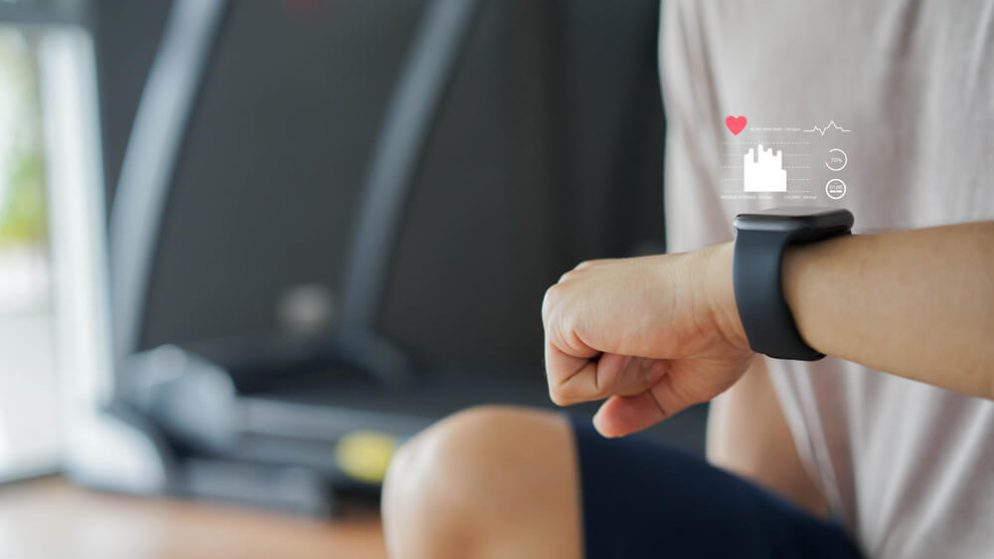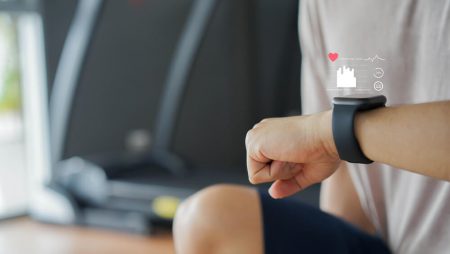



Get new exclusive access to healthcare business reports & breaking news




Imagine a stretchable heart rate monitor that can be attached to the skin of your arm like a Band-Aid. Sound a little too farfetched, even in today’s world of new technology? Well, think again because a prototype of that very application was recently revealed by researchers at Samsung Advanced Institute of Technology. The prototype demonstrates the progress being made by Samsung on stretchable devices.
The prototype is stretchable because it is made from a specially designed flexible material called elastomer. Essentially, it is a polymer compound that has what Samsung officials refer to as “excellent elasticity and resilience.” The material has been treated so that it is heat resistant from the electronics that are integrated into the device and contains a grid-like “island” structure. The development team at Samsung says the prototype will still work like-new even after it has been stretched one thousand times.
Samsung’s Principal Researcher Youngjun Yun, explains, “The strength of this technology is that it allows you to measure your biometric data for a longer period without having to remove the solution when you sleep or exercise since the patch feels like part of your skin.” He adds, “You can also check your biometric data right away on the screen without having to transfer it to an external device.” According to Yun, the technology can be implemented into other wearable healthcare devices and products aimed for use by adults, children, and infants. He stated that the stretchable devices could also be used for “patients with certain diseases” who may prefer to use stick-on heart rate monitors
Although Samsung has been working on developing stretchable display technology since 2017, this prototype is one of the first to be revealed. The heart rate monitor is wrist-mounted and combines photoplethysmography (PPG) heart rate sensors with an OLED screen to produce real-time heartbeat monitoring. As the heart rate monitor is attached to a patient’s skin, it can pick up a signal 2.4 times stronger than a traditional heart rate monitor sensor. This results in more accurate readings which will contribute to better health outcomes providing better data for improved diagnosis. And the peace of mind for the patient who can see the data as it is being collected rather than just a final reading after a ‘test’ is conducted by the monitor.
The tiny islands of elastomer are implanted with single OLED pixels and remain stiffer than the channels that surround them. The electricity is conducted by flexible electrodes embedded into the structure. Yun says that the bipartite structure permits “the spaces and wiring electrodes between the pixels to stretch and shrink without the OLED pixels themselves becoming deformed.” Although the research is still in the preliminary stages, Samsung officials claim they intend to commercialize stretchable devices once they can unlock the solution to how system resolution can be increased, maximize stretchability, and increased measurement accuracy is discovered. Samsung’s Principal Researcher Jong Won Chung says that the team is looking more in the direction of using stretchable sensors to measure such things as peripheral oxygen saturation, electromyogram readings, and blood pressure. In other words, don’t expect to see Samsung releasing stretchable smartphones or tablets anytime soon. The main reason being that the technology currently available allows for basic screens that are fitting for simple monitors but would not be able to perform well in a more complex application such as a smartphone or tablet screen. However, that technology is probably somewhere on the horizon.
Samsung called this stretchable device “Stretchable Electronic Skin” which is an accurate description of what it is. You essentially stick the stretchy material on your forearm and it reads your heart rate. Along with Chung and Yun, they were accompanied by Staff Researcher Yeongjun Lee. The trio developed the prototype at the Samsung Advanced Institute of Technology (SAIT) in the Organic Material Lab.
When you take a look at what we currently use as wearable technology, it is clear to see how far advanced stretchable devices are in comparison. For example, fitness trackers and health monitors that we use today, are solid objects. Although the sensors that are contained in them and the technology created to make these devices useful are still relatively new, stretchable devices will not have to be removed in the manner that fitness trackers and heart monitors currently have to be. Plus, something like a smartwatch provides only limited monitoring performance. Some only track the basic measurements or give the user approximate values. Stretchable versions of these devices offer enhanced monitoring by design as they permit “close adhesion to the skin.” This aspect also results in a far more comfortable experience and can be worn for extended periods. The Samsung researchers claim that the stretchable device is so comfortable, it could be easy to forget it is being worn.
You have to hand it to the research team at Samsung. They are working on technology that they view more as an adhesive bandage than wearable accessories, although it is, in reality, the latter. Once all the bugs are worked out of the prototype, such as increasing the resolution, improving stretchability, and the accuracy of the measurements being taken, it won’t be a giant leap to mass production of this and additional monitoring devices that can be stretched like Silly Putty minus the distortion and wear and tear. Gone are the days when your earbuds had to be tossed into the garbage because the wiring inside shorted out from getting bent and twisted too much when being used. Wouldn’t elastomer have been handy in those days? And just think, one day you will be able to go to your bathroom medicine cabinet and pull out a sticky, stretchy piece of elastomer and slap it on your arm as you would a Band-Aid and be able to take your heart rate reading as you brush your teeth. After all, isn’t that the whole idea behind new technology, to give us convenience?